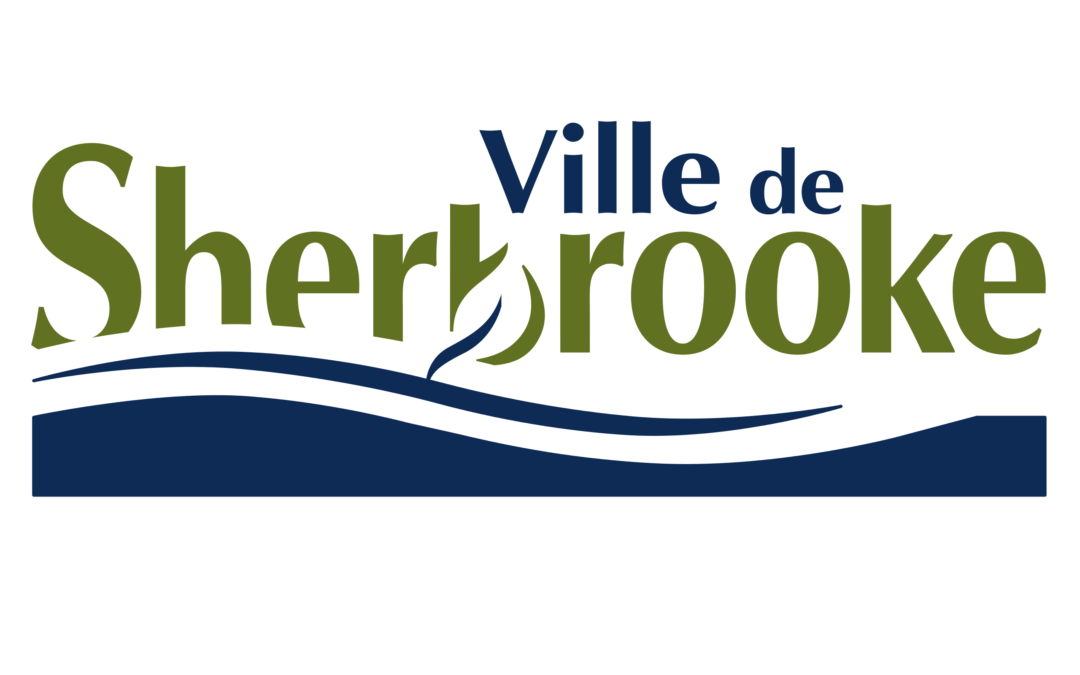With a population of 174,000, Sherbrooke is the largest city in the Eastern Townships and the sixth largest in Quebec. The City of Sherbrooke’s core values are collaboration, respect, integrity, agility and accountability.
In keeping with these values, the City’s GIS experts work constantly to find innovative, effective solutions to help managers make the right management and development decisions for the city. Their agile, collaborative approach is key to delivering projects for many of the City’s departments. The team also plays a significant role in the City’s communication with residents by making a variety of tools and interactive maps available to them.
THE CHALLENGE
The City’s urban infrastructure and maintenance and roads departments, the main players in planning and delivering road works, had a very busy year ahead of them, including three major projects with a significant impact on mobility for both locals and visitors. Given the mission of the GIS department, it was important to share clear obstruction information to prevent traffic issues and reduce the work’s impacts on residents’ lives.
One of the City’s existing tools for Sherbrookers is an interactive map, available since 2018, where they can see the current road works and obstructions in the city. However, the map is not readily accessible to visitors and does not offer route planning options. To achieve the City’s main objective of improving mobility, the new solution had to:
- Be easily accessible to both locals and visitors
- Offer route planning options
- Display the actual progress of the road works and obstructions (which can change quickly and do not always go according to the original plan)
Development for the new solution also had to:
- Keep the data model currently used for feeding the interactive map
- Keep the existing work processes
- Process imperfect digital information, digitized directly by site managers
The solution had to be developed in only two months, in time for road work season. As the project was not part of the City’s initial plans, they reached out to longstanding partner Consortech.
THE SOLUTION
The City’s GIS analysts and Consortech experts talked it over and decided that the best strategy would be to use FME to transfer the information to the application Waze. FME was the only option that would check every box in terms of the City’s objectives and constraints.
The first step was to join the Waze Partner Hub. Then, like for every ETL project, they needed to understand the structure of the data to be extracted, how the data was to be transformed, and what workflows were required so that the data could be loaded into Waze.
The City’s input data included:
- Incident points, including a description of the type of road work
- Information on the road network as it appears online
- Road closure polylines as drawn in the field
The data to be exported to Waze’s API had to be:
- JSON for incidents (specific points)
- JSON for lines (road closures)
Since data is entered into Waze through a web link, the project team chose to use the ArcGIS REST service.
FME was used during the transformation to take the data from the incident type points layer and create a join with the road network. The biggest technical difficulty came after that point, with the data on road closures, which were represented by lines drawn on the fly on an interactive map reserved for site managers. Consortech had to develop a Python script to be integrated to FME in order to join them to the road network for error‑free reporting of closures.
THE VALUE PROVIDED
The project was completed just in time for construction season. The processing developed allows for information to be transferred quickly as construction sites progress, and immediately integrated into Waze. Ultimately, this improves the mobility of both locals and visitors to the city. In addition, despite the increasing number of major construction sites, the City’s communication department has not reported an uptick in road obstruction complaints from Sherbrookers.
The City’s strategic decision to partner with Consortech allowed their GIS team to maintain their solid internal reputation. Since the GIS team was freed from most coordination work, they were able to focus on delivering the projects included in the annual plan, to the delight of their clients: the City’s other departments.
Our longstanding partnership with Consortech has allowed us to provide our clients with more and better services. Their advanced FME-based automation expertise, coupled with their knowledge of our ArcGIS environment, is just what we need to complement our team’s own skills.
